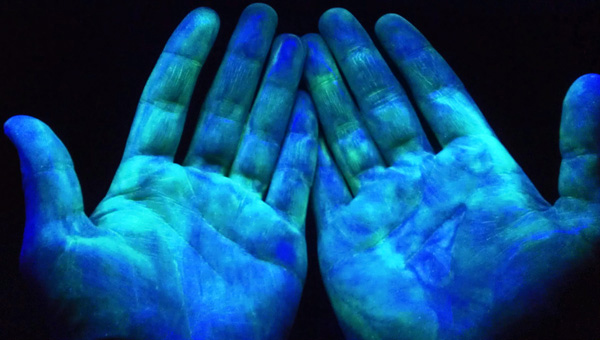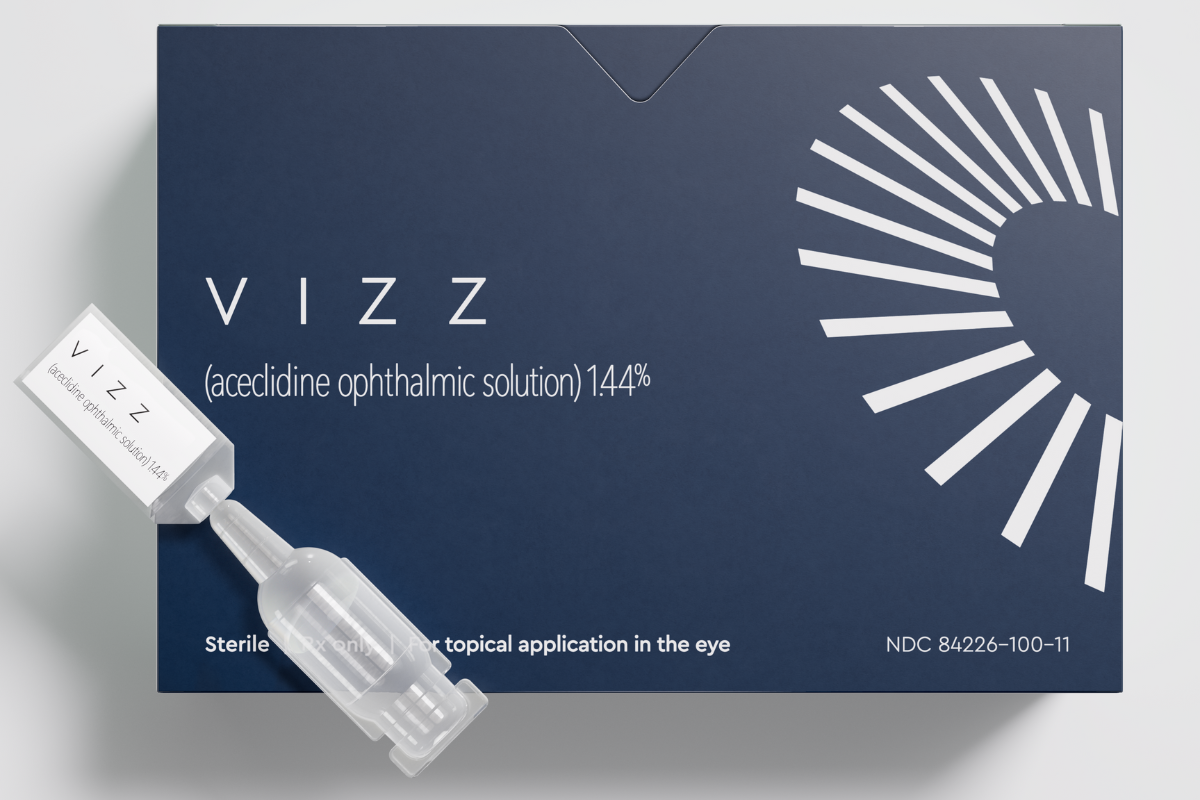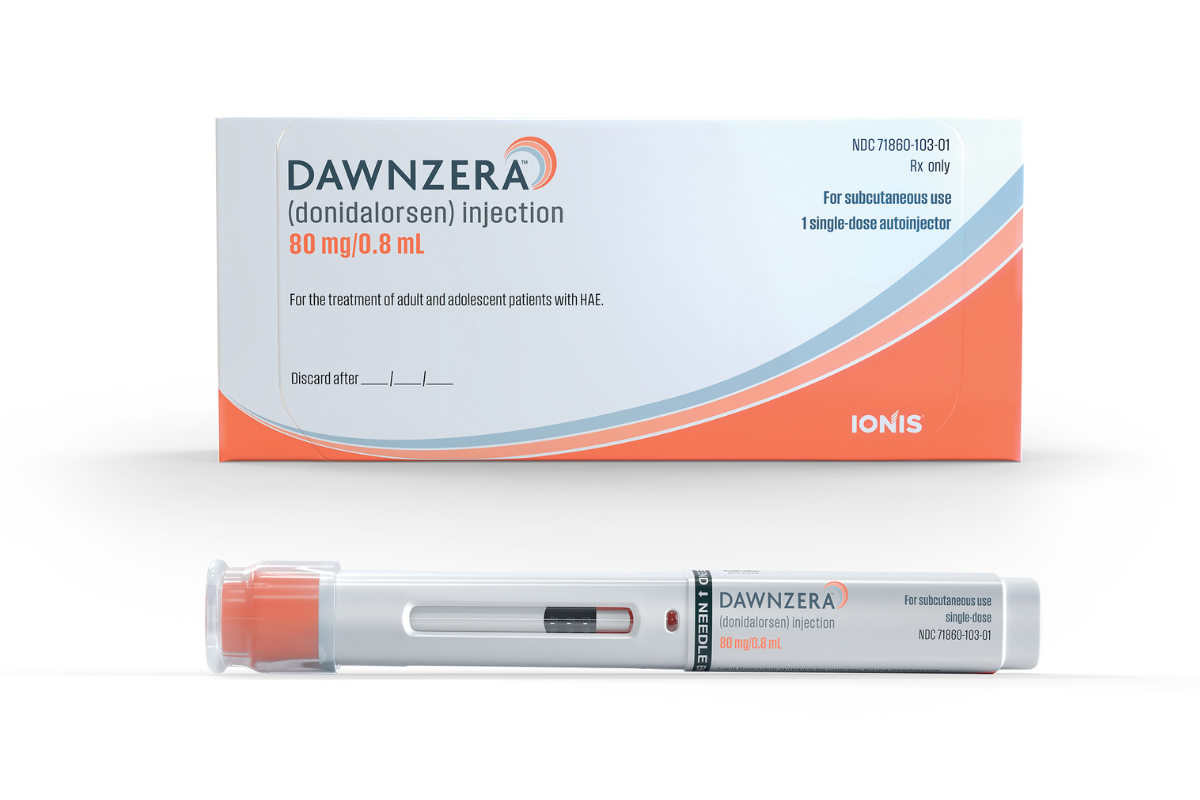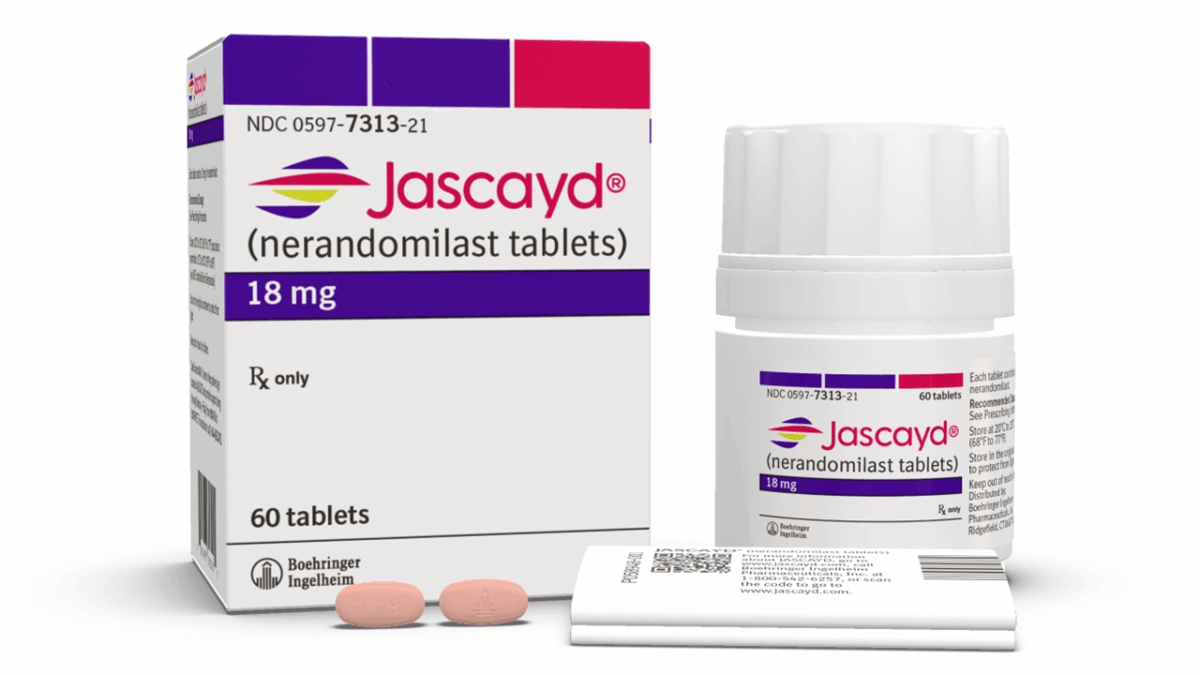A specific wavelength of UV light, known as far-UVC, could be effective at killing methicillin-resistant Staphylococcus aureus (MRSA) bacteria, without damaging the surface of the skin. As infection with drug-resistant pathogens can be a potentially life-threatening complication of surgery, the light therapy could be used to kill these bacteria and improve patient outcomes.
Despite the best efforts of hospital staff to maintain sterile operating rooms, approximately 0.5 to 10 percent of all surgical procedures results in a surgical-site infection. This means that approximately 275,000 US patients per year face a 50 percent higher post-surgery mortality rate, due to a difficult-to-treat infection.
Patients with surgical site infections also spend one week longer in the hospital, on average, compared to patients without complications. It’s estimated that this increased burden on the US healthcare system costs the country up to $10 billion in additional patient care costs.
As most attempts at treating post-surgical MRSA infections have proved to be ineffective, researchers at Columbia University Medical Center decided to investigate UV light as a possible therapeutic tool. While UV has been known to be an effective antibacterial agent, it also poses serious health risks to those who are exposed. UV light exposure to patients and medical staff can cause skin cancer and cataracts.
In order to identify the optimal wavelength that is cytotoxic to pathogens, but safe for human tissue, the researchers studied several wavelengths of UV light. Eventually, they identified far-UVC light, a specific band of UV light around 200 nanometers in wavelength, as a possible candidate.
This specific band of UV light is unable to penetrate the dead layer of skin that coats the human body, nor can it penetrate the outer layers of the eye. However, as bacterial cells are 10 to 25 times smaller than human cells, they are susceptible to damage from the far-UVC light.
The Columbia researchers previously found that the far-UVC light was just as effective as other, more-damaging UV wavelengths at killing bacterial pathogens like MRSA. They conducted further research using a 3-D cell culture model of human skin, and a hairless mouse model, and found that the far-UVC light was safe for skin exposure.
“Our findings offer a potential practical pathway towards significantly reducing surgical site infection rates without risk to the health and safety of patients and medical personnel,” said Dr. David J. Brenner, lead author of the study. Brenner and his team plan to test the far-UVC light on human patients, and eventually they hope to determine whether the light therapy could be effective at killing airborne pathogens.











Join or login to leave a comment
JOIN LOGIN